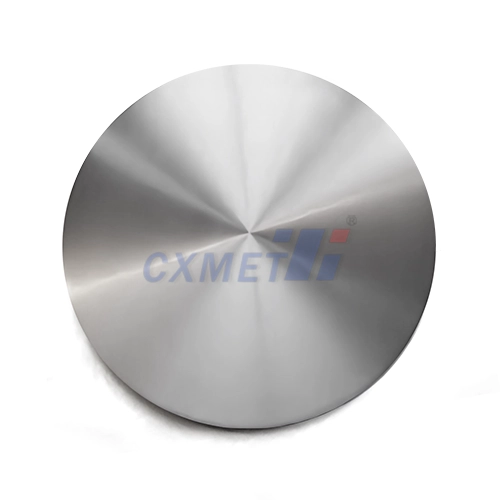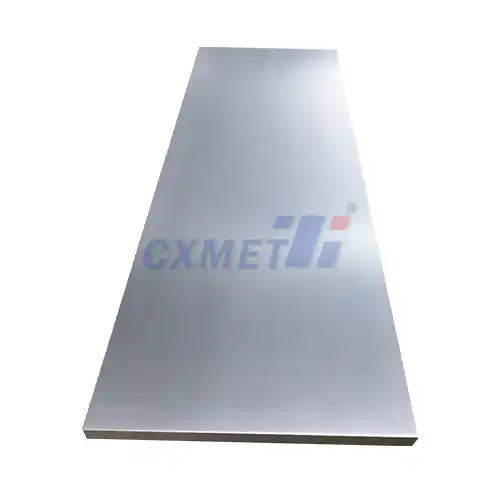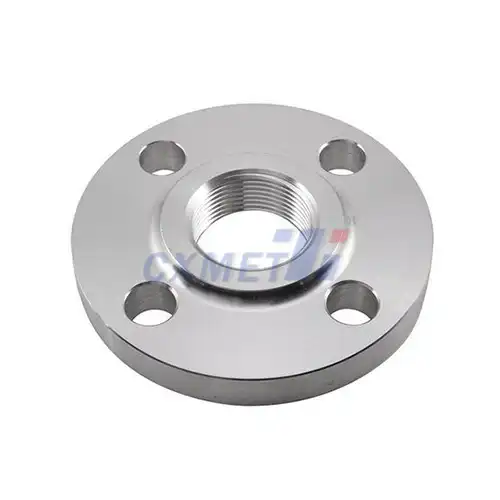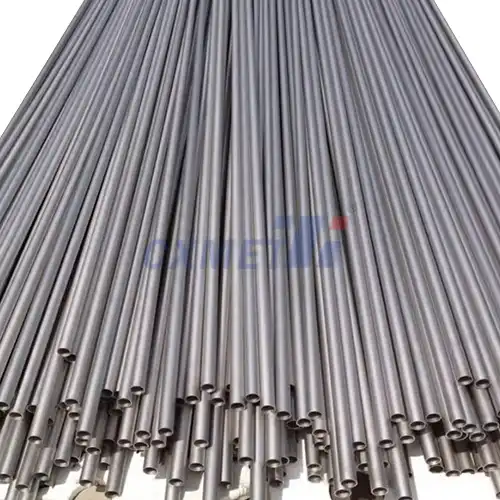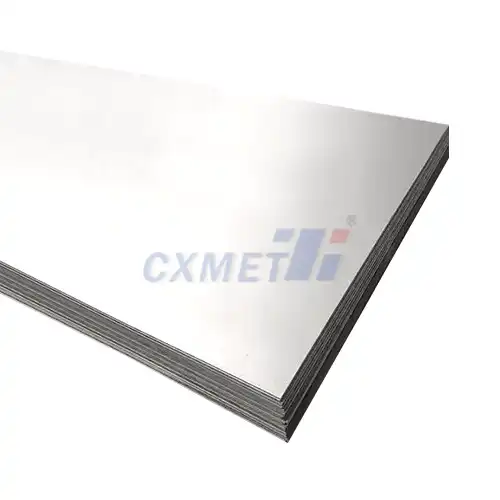- English
- French
- German
- Portuguese
- Spanish
- Russian
- Japanese
- Korean
- Arabic
- Greek
- German
- Turkish
- Italian
- Danish
- Romanian
- Indonesian
- Czech
- Afrikaans
- Swedish
- Polish
- Basque
- Catalan
- Esperanto
- Hindi
- Lao
- Albanian
- Amharic
- Armenian
- Azerbaijani
- Belarusian
- Bengali
- Bosnian
- Bulgarian
- Cebuano
- Chichewa
- Corsican
- Croatian
- Dutch
- Estonian
- Filipino
- Finnish
- Frisian
- Galician
- Georgian
- Gujarati
- Haitian
- Hausa
- Hawaiian
- Hebrew
- Hmong
- Hungarian
- Icelandic
- Igbo
- Javanese
- Kannada
- Kazakh
- Khmer
- Kurdish
- Kyrgyz
- Latin
- Latvian
- Lithuanian
- Luxembou..
- Macedonian
- Malagasy
- Malay
- Malayalam
- Maltese
- Maori
- Marathi
- Mongolian
- Burmese
- Nepali
- Norwegian
- Pashto
- Persian
- Punjabi
- Serbian
- Sesotho
- Sinhala
- Slovak
- Slovenian
- Somali
- Samoan
- Scots Gaelic
- Shona
- Sindhi
- Sundanese
- Swahili
- Tajik
- Tamil
- Telugu
- Thai
- Ukrainian
- Urdu
- Uzbek
- Vietnamese
- Welsh
- Xhosa
- Yiddish
- Yoruba
- Zulu
What are the Mechanical Properties of Gr23 Titanium Alloy?
2024-09-14 14:11:19
Gr23 titanium alloy, also known as Ti-6Al-4V ELI (Extra Low Interstitial), is a high-strength, low-weight material widely used in various industries, particularly in medical applications. This alloy is renowned for its excellent mechanical properties, biocompatibility, and corrosion resistance. In this blog post, we will explore the unique characteristics of Gr23 titanium alloy and its applications in medical implants, specifically focusing on Gr23 Medical Titanium Rods.
What makes Gr23 titanium alloy ideal for medical implants?
Gr23 titanium alloy possesses a combination of properties that make it exceptionally suitable for medical implants. Its high strength-to-weight ratio, excellent biocompatibility, and superior corrosion resistance contribute to its popularity in the medical field.
The mechanical properties of Gr23 titanium alloy are impressive. It exhibits a tensile strength ranging from 860 to 965 MPa, a yield strength of 795 to 875 MPa, and an elongation of 10-15%. These properties ensure that medical implants made from Gr23 titanium can withstand the stresses and strains experienced within the human body while maintaining their structural integrity.
Moreover, the low elastic modulus of Gr23 titanium alloy (around 114 GPa) is closer to that of human bone compared to other metallic implant materials. This similarity in elasticity helps reduce stress shielding, a phenomenon where the implant takes on most of the load, leading to bone resorption and potential implant failure.
The biocompatibility of Gr23 titanium alloy is another crucial factor in its widespread use in medical implants. The material forms a stable oxide layer on its surface, which prevents the release of metal ions into the surrounding tissues. This characteristic minimizes the risk of adverse reactions and promotes better integration with the body's natural tissues.
Furthermore, Gr23 titanium alloy demonstrates excellent corrosion resistance in physiological environments. This property is essential for long-term implant stability and reduces the risk of implant degradation over time. The alloy's resistance to pitting, crevice corrosion, and stress corrosion cracking ensures that medical devices maintain their structural integrity and functionality throughout their intended lifespan.
How are Gr23 Medical Titanium Rods manufactured to ensure optimal performance?
The manufacturing process of Gr23 Medical Titanium Rods is crucial in determining their final properties and performance. These rods are typically produced through a combination of melting, forging, and machining processes, each carefully controlled to achieve the desired mechanical properties and microstructure.
The production of Gr23 titanium alloy begins with the careful selection and blending of raw materials, including titanium, aluminum, and vanadium. The alloy is then melted in a vacuum or inert atmosphere to prevent contamination and ensure the purity of the material. This step is critical in maintaining the "Extra Low Interstitial" (ELI) designation of Gr23, which refers to its reduced levels of oxygen, nitrogen, and iron impurities compared to standard Ti-6Al-4V.
After melting, the alloy undergoes a series of thermomechanical processes, including forging and heat treatment. These steps are essential in developing the optimal microstructure and mechanical properties of the material. Forging helps to refine the grain structure and improve the overall strength and ductility of the alloy. Heat treatment processes, such as solution treatment and aging, are then applied to further enhance the material's properties.
The forged and heat-treated Gr23 titanium is then machined into rods of various diameters and lengths, depending on the specific medical application. During this process, strict quality control measures are implemented to ensure dimensional accuracy and surface finish. The surface of the rods may undergo additional treatments, such as polishing or coating, to further improve their biocompatibility and performance.
Throughout the manufacturing process, rigorous testing and inspection procedures are carried out to verify the mechanical properties, chemical composition, and microstructure of the Gr23 Medical Titanium Rods. These tests may include tensile testing, hardness measurements, chemical analysis, and microstructural examination using techniques such as optical microscopy and electron microscopy.
The manufacturing process also involves stringent cleanliness and contamination control measures to meet the high standards required for medical implants. Clean room environments and specialized handling procedures are often employed to minimize the risk of introducing impurities or contaminants that could compromise the performance or biocompatibility of the final product.
By carefully controlling each step of the manufacturing process, from raw material selection to final inspection, manufacturers can produce Gr23 Medical Titanium Rods with consistent and reliable properties. This attention to detail ensures that the rods meet the demanding requirements of medical applications, providing surgeons and patients with high-quality implants that offer excellent performance and longevity.
What are the long-term benefits of using Gr23 Medical Titanium Rods in orthopedic procedures?
The use of Gr23 Medical Titanium Rods in orthopedic procedures offers numerous long-term benefits for patients, surgeons, and healthcare systems. These benefits stem from the unique combination of mechanical properties, biocompatibility, and durability that Gr23 titanium alloy provides.
One of the primary long-term benefits of using Gr23 Medical Titanium Rods is their excellent osseointegration capabilities. Osseointegration refers to the direct structural and functional connection between living bone tissue and the surface of an implant. The surface properties of Gr23 titanium alloy, including its oxide layer and microstructure, promote the attachment and growth of bone cells on the implant surface. This enhanced bone-implant interface leads to better stability and longevity of the implant, reducing the risk of loosening or failure over time.
The superior strength and fatigue resistance of Gr23 titanium alloy contribute to the long-term success of orthopedic implants. Medical Titanium Rods made from this material can withstand the repetitive stresses and strains experienced during daily activities without experiencing significant degradation or fatigue failure. This durability translates to a lower risk of implant breakage or deformation, which could otherwise lead to complications and the need for revision surgeries.
Another significant long-term benefit is the reduced risk of stress shielding. As mentioned earlier, the elastic modulus of Gr23 titanium alloy is closer to that of human bone compared to other metallic implant materials. This similarity in mechanical properties helps to distribute loads more evenly between the implant and the surrounding bone tissue. By minimizing stress shielding, Gr23 Medical Titanium Rods help preserve bone density and strength around the implant site, leading to better long-term outcomes and reduced risk of implant failure due to bone resorption.
The exceptional corrosion resistance of Gr23 titanium alloy in physiological environments provides long-term protection against implant degradation. This property is crucial for maintaining the structural integrity and functionality of the implant over many years. The stability of the oxide layer on the surface of Gr23 titanium minimizes the release of metal ions into the surrounding tissues, reducing the risk of local tissue reactions or systemic effects that could compromise the implant's performance or patient health.
Furthermore, the use of Gr23 Medical Titanium Rods can lead to improved patient comfort and quality of life in the long term. The lightweight nature of titanium alloy reduces the overall weight of the implant, which can be particularly beneficial in larger orthopedic constructs. This lighter weight contributes to better patient mobility and reduced strain on adjacent joints and tissues.
The biocompatibility of Gr23 titanium alloy also plays a crucial role in long-term patient outcomes. The material's resistance to corrosion and minimal ion release help prevent allergic reactions or chronic inflammation that could lead to implant rejection or other complications. This biocompatibility ensures that the implant remains well-tolerated by the body over extended periods, contributing to improved patient satisfaction and reduced need for revision surgeries.
From a healthcare system perspective, the long-term benefits of using Gr23 Medical Titanium Rods include potential cost savings and improved resource utilization. The durability and reliability of these implants can lead to fewer complications and revision surgeries, reducing the overall burden on healthcare resources. Additionally, the long-term success of these implants can result in improved patient outcomes, potentially reducing the need for ongoing medical interventions and rehabilitation.
In conclusion, the mechanical properties of Gr23 titanium alloy make it an exceptional material for medical implants, particularly in the form of Gr23 Medical Titanium Rods. Its unique combination of strength, biocompatibility, and corrosion resistance contributes to the long-term success of orthopedic procedures. By promoting osseointegration, reducing stress shielding, and ensuring implant stability, Gr23 Medical Titanium Rods offer patients and healthcare providers a reliable solution for various orthopedic applications. As research and development in biomaterials continue, Gr23 titanium alloy remains at the forefront of medical implant technology, promising improved outcomes and quality of life for patients requiring orthopedic interventions.
At SHAANXI CXMET TECHNOLOGY CO., LTD, we take pride in our extensive product range, which caters to diverse customer needs. Our company is equipped with outstanding production and processing capabilities, ensuring the high quality and precision of our products. We are committed to innovation and continuously strive to develop new products, keeping us at the forefront of our industry. With leading technological development capabilities, we are able to adapt and evolve in a rapidly changing market. Furthermore, we offer customized solutions to meet the specific requirements of our clients. If you are interested in our products or wish to learn more about the intricate details of our offerings, please do not hesitate to contact us at sales@cxmet.com. Our team is always ready to assist you.
References:
1. Niinomi, M. (2008). Mechanical biocompatibilities of titanium alloys for biomedical applications. Journal of the Mechanical Behavior of Biomedical Materials, 1(1), 30-42.
2. Geetha, M., Singh, A. K., Asokamani, R., & Gogia, A. K. (2009). Ti based biomaterials, the ultimate choice for orthopaedic implants – A review. Progress in Materials Science, 54(3), 397-425.
3. Rack, H. J., & Qazi, J. I. (2006). Titanium alloys for biomedical applications. Materials Science and Engineering: C, 26(8), 1269-1277.
4. Long, M., & Rack, H. J. (1998). Titanium alloys in total joint replacement—a materials science perspective. Biomaterials, 19(18), 1621-1639.
5. Elias, C. N., Lima, J. H. C., Valiev, R., & Meyers, M. A. (2008). Biomedical applications of titanium and its alloys. JOM, 60(3), 46-49.
6. Chen, Q., & Thouas, G. A. (2015). Metallic implant biomaterials. Materials Science and Engineering: R: Reports, 87, 1-57.
7. Bauer, S., Schmuki, P., von der Mark, K., & Park, J. (2013). Engineering biocompatible implant surfaces: Part I: Materials and surfaces. Progress in Materials Science, 58(3), 261-326.
8. Liu, X., Chu, P. K., & Ding, C. (2004). Surface modification of titanium, titanium alloys, and related materials for biomedical applications. Materials Science and Engineering: R: Reports, 47(3-4), 49-121.
9. Sidambe, A. T. (2014). Biocompatibility of advanced manufactured titanium implants—A review. Materials, 7(12), 8168-8188.
10. Wang, K. (1996). The use of titanium for medical applications in the USA. Materials Science and Engineering: A, 213(1-2), 134-137.
